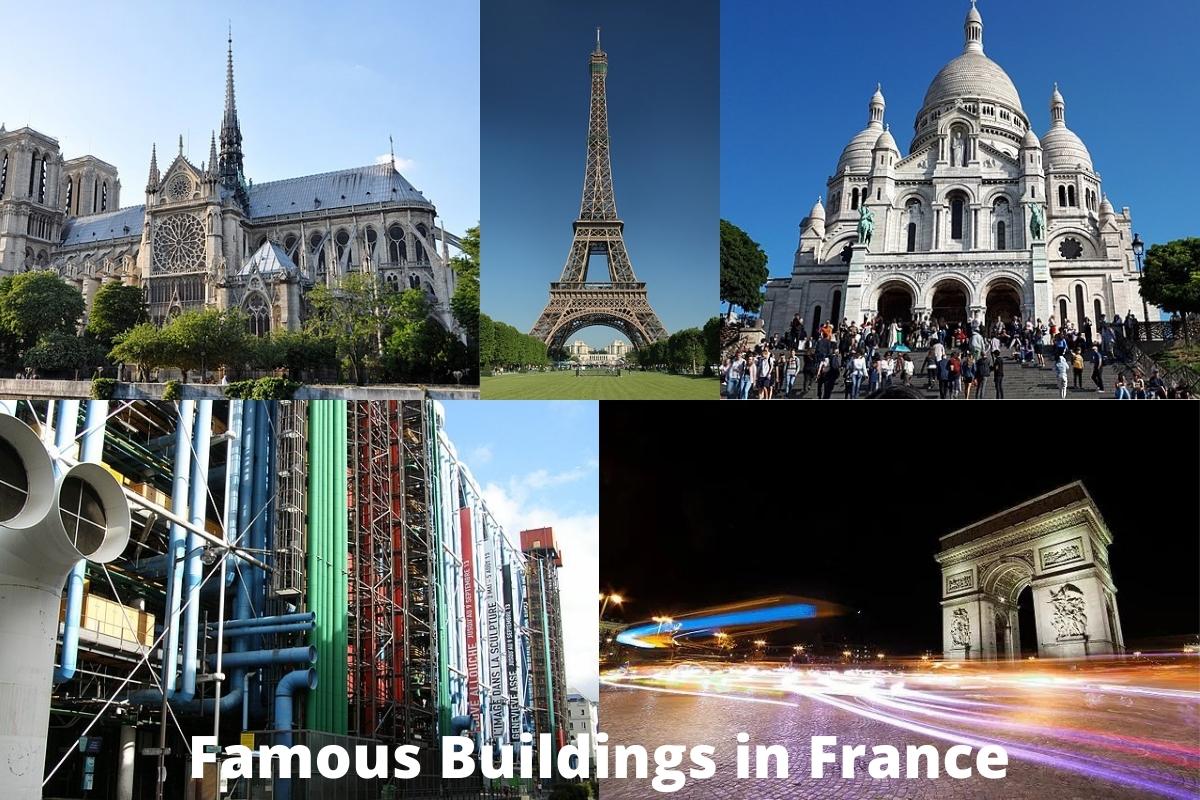France is known for having some of the world’s best architecture.
The term “French architecture” refers to a broad category that encompasses a wide range of building types, some of which were developed in France while others may be traced back to other countries.
Grand palaces, gothic cathedrals and extremely modern buildings, France has it all!
The following list contains some of the most famous buildings in France.
Famous Buildings in France
1. Eiffel Tower
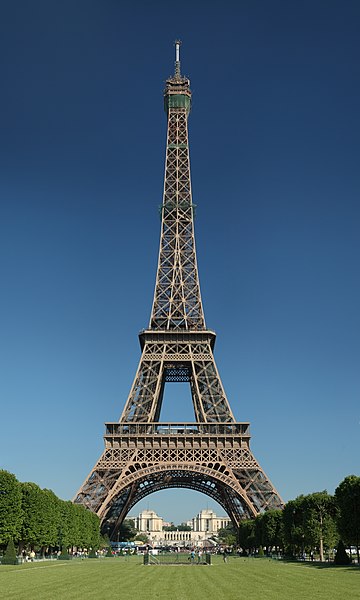
Built on Paris’s Champ de Mars, the Eiffel Tower is a wrought-iron lattice structure. The Eiffel Tower was conceived and constructed by the business founded by engineer Gustave Eiffel, hence the tower’s namesake.
Built from 1887 to 1889, it served as the focal point of the 1889 World’s Fair and earned the local moniker “La dame de fer” (French for “Iron Lady”).
Located in the heart of Paris, this skyscraper stands at an impressive 330 meters (1,083 feet) in height, making it the city’s tallest structure by some margin.
Each side of its square base is 125 meters (about 410 feet) long. The Eiffel Tower is now among the most recognizable buildings in the world.
In 2015, 6.91 million people paid to scale the Eiffel Tower, making it the most popular paid-entry landmark in the world. UNESCO included it as part of the Paris, Banks of the Seine World Heritage Site in 1991 after it had been classified as a landmark Historique in 1964.
2. Louvre Museum
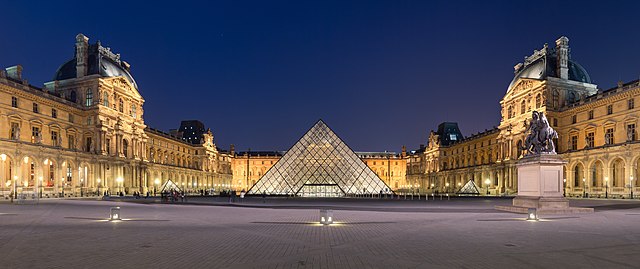
The Louvre Museum in Paris, France is the most popular museum in the world and a famous landmark. The Mona Lisa, as well as the Venus de Milo, are only two of the world-famous works of art that may be found there.
A major attraction, it may be found in the 1st arrondissement on the Right Bank of the Seine (district or ward).
At any given time, the museum’s 72,735 square meters of display space are home to about 38,000 artifacts spanning prehistory, historical times, and the modern era.
King Philip II began construction on the Louvre Palace in the late 12th century to fortify the city from Western invasion when the Kingdom of Britain still occupied Normandy.
The vault of the Louvre still contains some artifacts from the Middle Ages. Since it was first built, the Louvre Palace has undergone a plethora of restorations.
3. Notre Dame de Paris
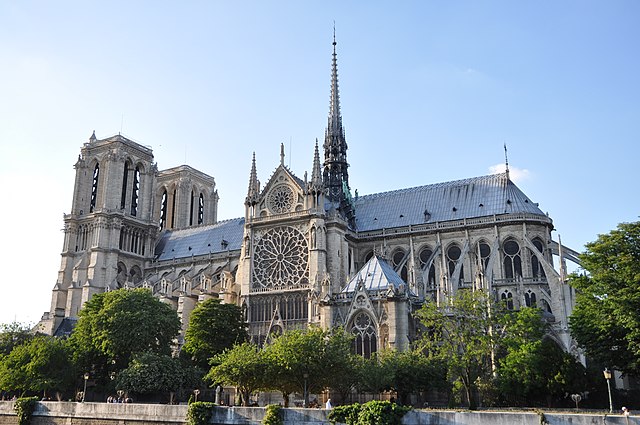
Notre-Dame de Paris (literally “Our Lady of Paris”) sits in the 4th arrondissement of Paris on an island in the Seine River. The cathedral is among the best examples of French Gothic architecture and is dedicated to the Virgin Mary.
Many of its hallmarks distinguish it from earlier Romanesque styles, including its innovative use of the rib vault as well as a flying buttress.
Other distinct marks include its huge and colorful rose windows, as well as the naturalism and profusion of its sculptural adornment.
Also Read: Cathedrals in France
In addition to its architectural beauty, Notre Dame is famous for its musical features, such as the enormous church bells and the three pipe organs, one of which is ancient.
The cathedral’s foundation was laid in 1163 by Bishop Maurice de Sully; it was fully finished by 1260, though it underwent extensive renovations for the next several decades.
A huge 15-hour fire damaged the structure in 2019 and in November of 2020, workers finished shoring up the structure to prevent its collapse. The following year, in 2021, construction began.
4. Arc de Triomphe
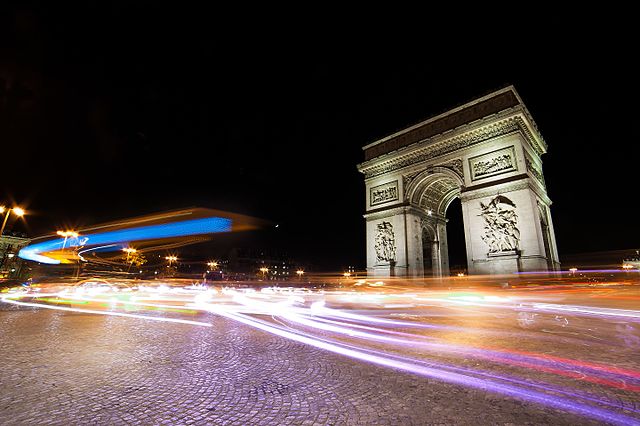
France’s iconic “Arch of Triumph” is located in the middle of Place Charles de Gaulle, and is among the most recognizable landmarks in all of Paris. The location of the arc and the plaza is split between three arrondissements.
The Arc de Triomphe remembers those who died fighting for France during the French Revolutionary as well as Napoleonic Wars, including the identities of all French triumphs as well as generals written on its interior and exterior surfaces.
A World War I Unknown Soldier’s Tomb is located beneath its vault.
Developed by Jean Chalgrin in 1806, the Arc de Triomphe features an iconographic scheme that contrasts courageously naked French adolescents with bearded Germanic soldiers in chain mail.
It was a model for other outdoor monuments that proclaimed national triumph. The Arc de Triomphe, modeled by Rome’s Titus, soars to a height of 50 meters.
5. Palace of Versailles
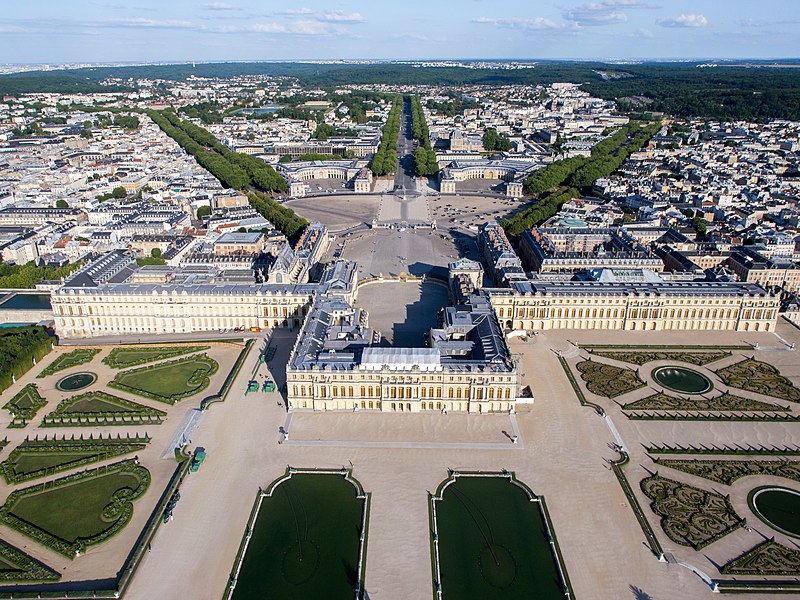
The Palace of Versailles, also known as the Château de Versailles in French, is located roughly 20 kilometers (12 miles) outside of Paris.
The French Republic bought the palace in 1995, and since then it has been under the care of the French Ministry of Culture.
Louis XIII first built a tiny hunting lodge in 1623; from 1631 to 1634, he demolished the structure and replaced it with the Palace of Versailles.
His predecessors altered the French government to the point where Versailles effectively became the capital.
For its role as a governmental, cultural, and scientific hub in France during the 1600s and 1700s, UNESCO designated the palace as well as its adjoining park as a World Heritage Site in 1979.
6. Sacré-Cœur, Paris
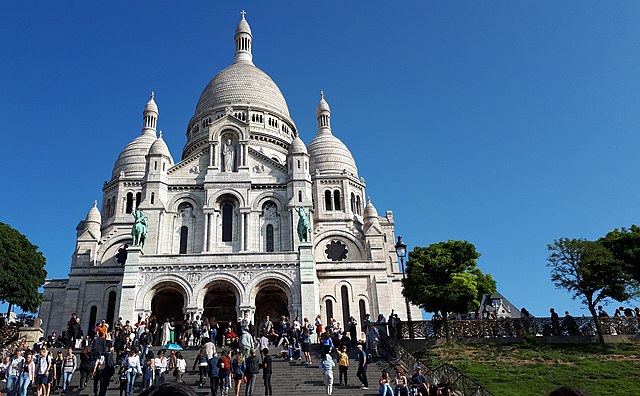
Dedicated to the Sacred Heart of Jesus Christ, the Sacred Heart of Montmartre or Basilica of Sacré Coeur de Montmartre is a Roman Catholic church and minor basilica in Paris, France.
At the highest point of Montmartre, you will find Sacré-Coeur Basilica.
There is a 360-degree view of Paris and the surrounding countryside from the dome, which is located 200 meters above the Seine. After the Eiffel Tower, it is Paris’s second-most-visited landmark.
Since 1885, the Holy Eucharist has been kept in permanent veneration at Sacré-Cur Basilica. On September 4, 1870, Bishop Felix Fournier of Nantes recommended the construction of the Basilica.
The Neo-Byzantine-Romanesque design of Paul Abadi was chosen from among seventy-seven submissions and was responsible for its construction.
Although construction was finalized in 1914, it wasn’t dedicated until 1919 because of the outbreak of World War One.
7. Sainte-Chapelle
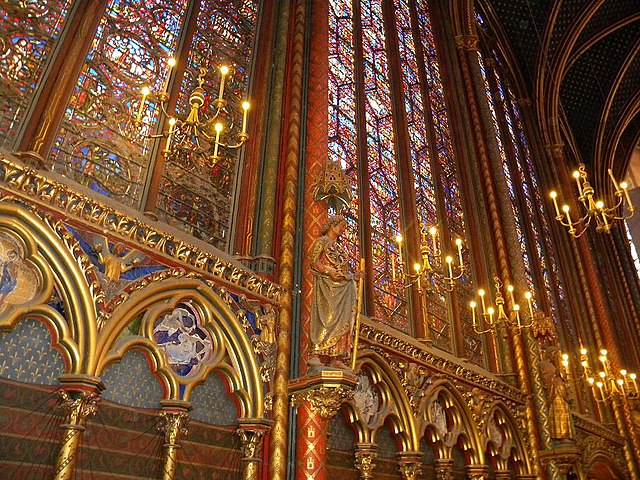
The Holy Chapel of Sainte-Chapell, located on the medieval Île de la Cité, France was the country’s kings’ royal chapel up to the 14th century. It was dedicated on April 26, 1248, after construction had begun in 1238.
The Sainte-Chapelle is widely regarded as one of the finest examples of Gothic architecture from the Rayonnant era. King Louis IX of France constructed it to accommodate his catalog of Passion artifacts, which included the Crown of Thorns. This relic was considered to be among the most sacred in all of medieval Christianity.
One of the world’s largest collections of stained glass from the 13th century, it was badly impacted throughout the French Revolution and then repaired in the 1800s.
The French Centre for National Monuments is presently in charge of the building, which was formerly a church.
8. Centre Pompidou
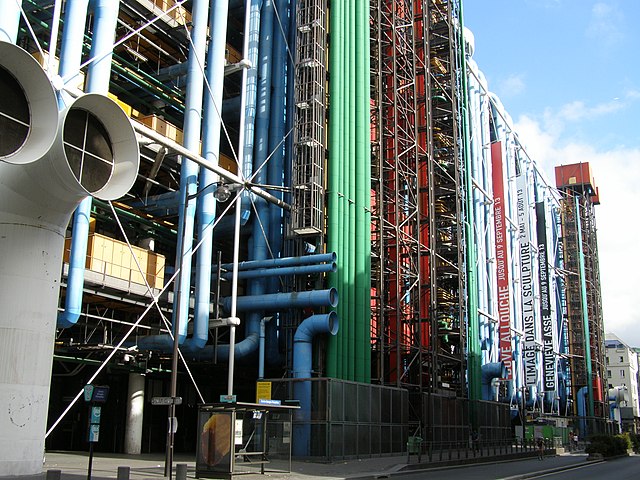
The Centre Pompidou, a metal and glass edifice that has been drenched in light since its opening in 1977, seems like a heart being nourished by enormous arteries in primary colors. It was designed by Richard Rogers and Renzo Piano as a “really living creature” and is located on the Beaubourg plateau.
Altogether, the building’s 10 stories and 75,000 square meters house an art museum, theater, public library, and research center. One of the most striking aspects of the Centre Pompidou is its use of color.
According to the color code developed by the architects, the red for pedestrian movement (lifts and escalators), the green for water channels, the yellow for electricity, and the blue for air flows, liven up its facades and highlight its structure (air-conditioning).
9. Musée d’Orsay
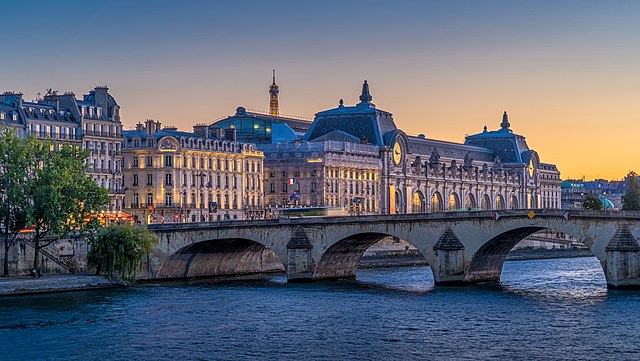
This museum can be found on the left side of the Seine in Paris. It is located in the Beaux-Arts style former Gare d’Orsay train station, which was built between the years 1898 and 1900.
The museum primarily features French art from the years 1848 to 1914, showcasing many mediums such as furniture, sculptures, paintings, and photographs.
Its collection of works by artists including Van Gogh, Claude Monet, and others from the Impressionist and post-Impressionist eras is the largest of its kind in the world.
The station’s transformation into a museum was proposed by the Museum of France’s Directorate.
An additional museum was planned to complement the existing Louvre and Georges Pompidou Centre National Museum of Modern Art. Gae Aulenti, an Italian architect, was selected in 1981.
She created a complex layout for the museum’s galleries, which span across three main floors beneath the atrium’s barrel ceiling.
10. Les Invalides
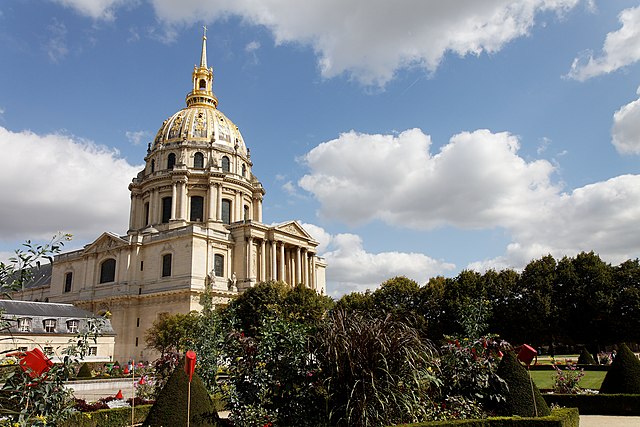
Les Invalides, commonly known as the Hôtel national des Invalides and simply as Hôtel des Invalides, is a collection of museums and monuments dedicated to the history of the French military located in the 7th arrondissement of Paris.
The original function of the structure was to house a hospital, but it now also serves as a retirement home for veterans of the war.
The structures are home to the French Army Museum, Musée des Plans-Reliefs, and Musée d’Histoire Contemporaine.
As well as the Dôme des Invalides, the tallest religious structure in Paris at 107 meters, the complex houses the old hospital chapel, which is now the official cathedral of the French military. The latter is now a shrine dedicated to France’s most revered war heroes, including Napoleon’s tomb.
11. Mont-Saint-Michel Abbey
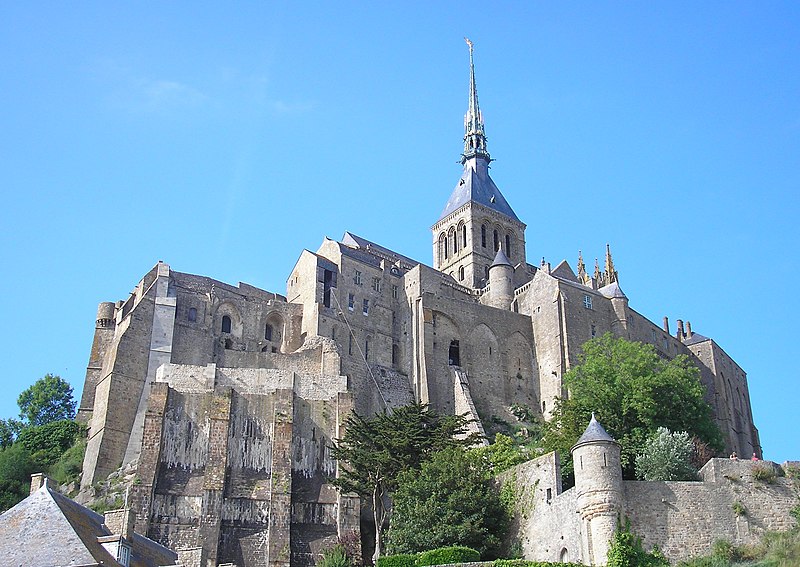
The Mont-Saint-Michel Abbey is an abbey in Normandy, in the department of Manche, located within the city and island of Mont-Saint-Michel.
The abbey is an important part of the feudal society’s structural composition of the town. God, the abbey, and the monastery are on top; below that are the Great halls, then stores and housing, and finally (outside the walls), fishermen’s and farmers’ housing.
Since 1862, the abbey has been protected as a French monument historique. Since 1979, the entire site – i.e., Mont-Saint-Michel and its bay – has been a UNESCO world heritage site and is managed by the Centre des monuments nationaux.
With over 1.335 million visitors in 2010, the abbey is one of France’s most visited cultural sites.
12. Palais des Papes
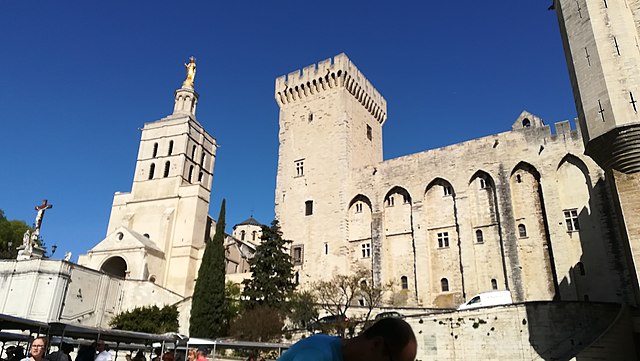
The Palais des Papes is a historical palace in the southern French city of Avignon. It is one of Europe’s largest and most important medieval Gothic structures.
The papal residence, once a fortress and palace, was a seat of Western Christianity during the 14th century.
The Palais hosted six papal conclaves, which resulted in the election of Benedict XII in 1334, Clement VI in 1342, Innocent VI in 1352, Urban V in 1362, Gregory XI in 1370, and Benedict XIII in 1394.
Since 1995, the Palais des Papes, along with the historic center of Avignon, has been designated as a UNESCO World Heritage Site for its outstanding architecture and historical significance to the Papacy.
13. Château de Chambord
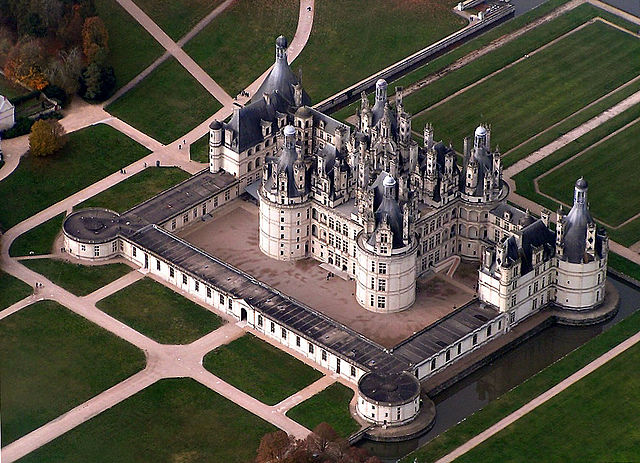
The Château de Chambord in Chambord, Centre-Val de Loire, France, is one of the world’s most recognizable châteaux due to its distinctive French Renaissance architecture, which combines traditional French medieval forms with classical Renaissance structures.
Francis I built the structure, which was never completed.
Chambord is the largest château in the Loire Valley; it was built as a hunting lodge for Francis I, who also had royal residences in Blois and Amboise.
The Château de Chambord’s original design is attributed to Italian architect Domenico da Cortona; Leonardo da Vinci may also have been involved or influenced the design.
Chambord underwent significant changes during its twenty-eight-year construction period (1519-1547), which was overseen on-site by Pierre Nepveu.
With the château nearly finished, Francis demonstrated his enormous symbol of wealth and power by hosting his old archrival, Emperor Charles V, at Chambord.
Following the French Revolution in 1792, some of the furnishings were sold and the timber was removed. For a time, the building was abandoned, though some attempts at restoration were made in the nineteenth century.
During WWII, art works from the Louvre and the Château de Compiègne collections were relocated to the Château de Chambord. The château is now open for tours to the general public.

